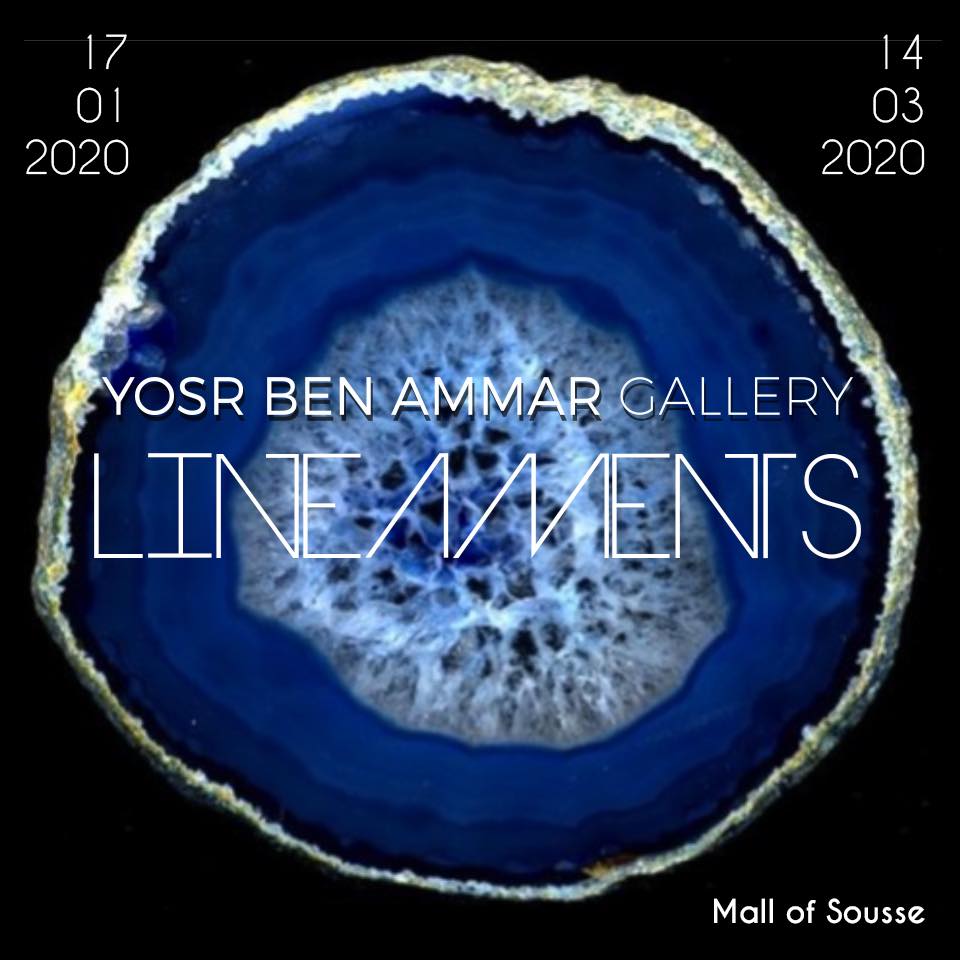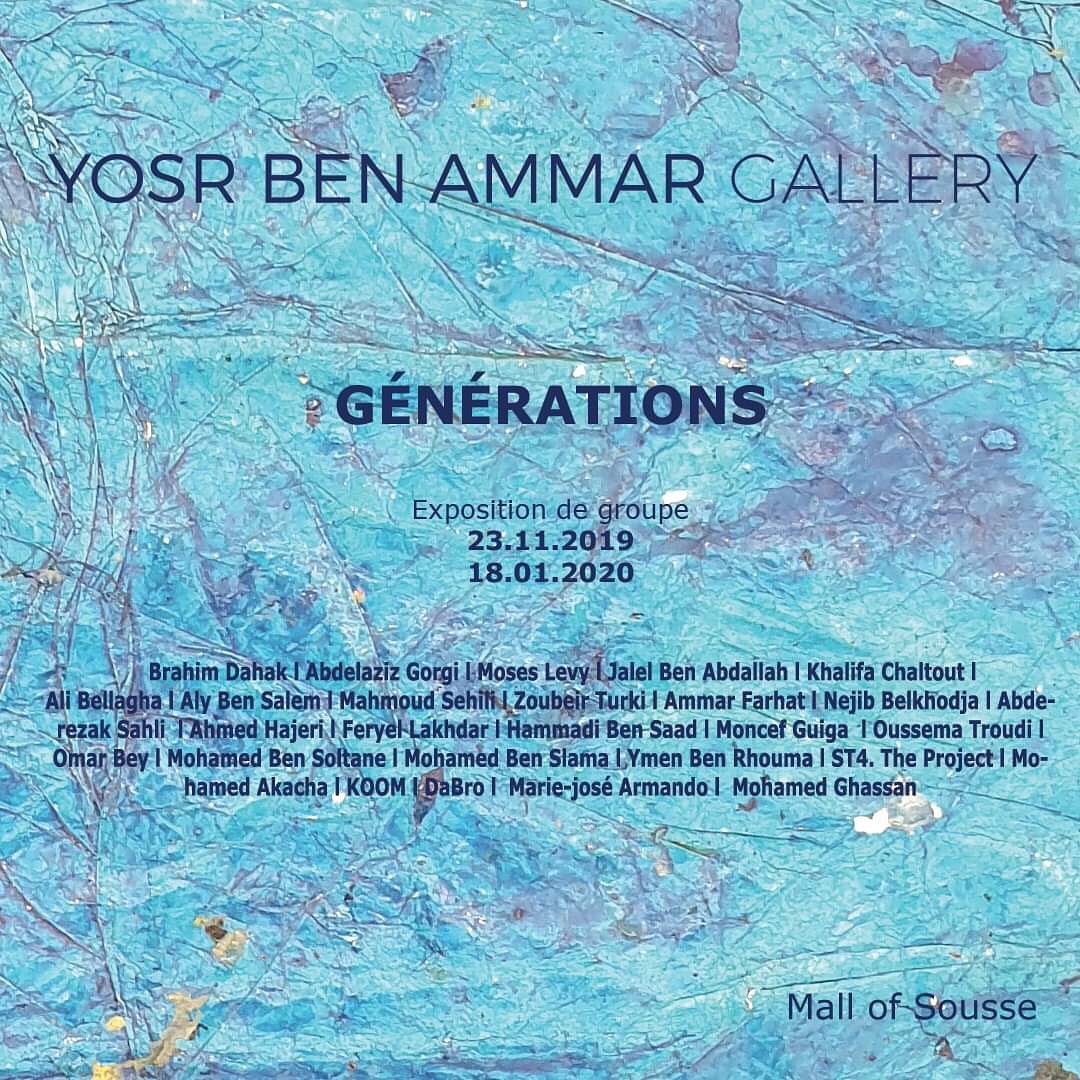ABDELAZIZ GORGI (1928-2008)
Painter between tradition and modernity
Of Georgian origin, Abdelaziz Gorgi lived and worked in Tunis, where he became a major figure of modern Tunisian painting. From 1949 onwards, he participated in group shows in Tunis, and later at major international events such as the Venice Biennale (1958), the Paris Biennale (1959), and the Alexandria Biennale (1968). He exhibited in Tunis but also abroad, notably in Chicago and New York.
From 1959 to 1983, he taught at the École des Beaux-Arts of Tunis and, in 1968, became president of the École de Tunis, of which he was co-founder. His work drew upon Islamic traditions and imagery while integrating lessons from Western painting. His figures, ornaments, and architectural motifs combined stylization with geometric rhythms, reminiscent of both popular imagery of the 1930s and the atmosphere of the medina.
Gorgi’s art embodies a synthesis: the meeting of East and West, of tradition and modernity, which gave Tunisian painting a universal resonance.





